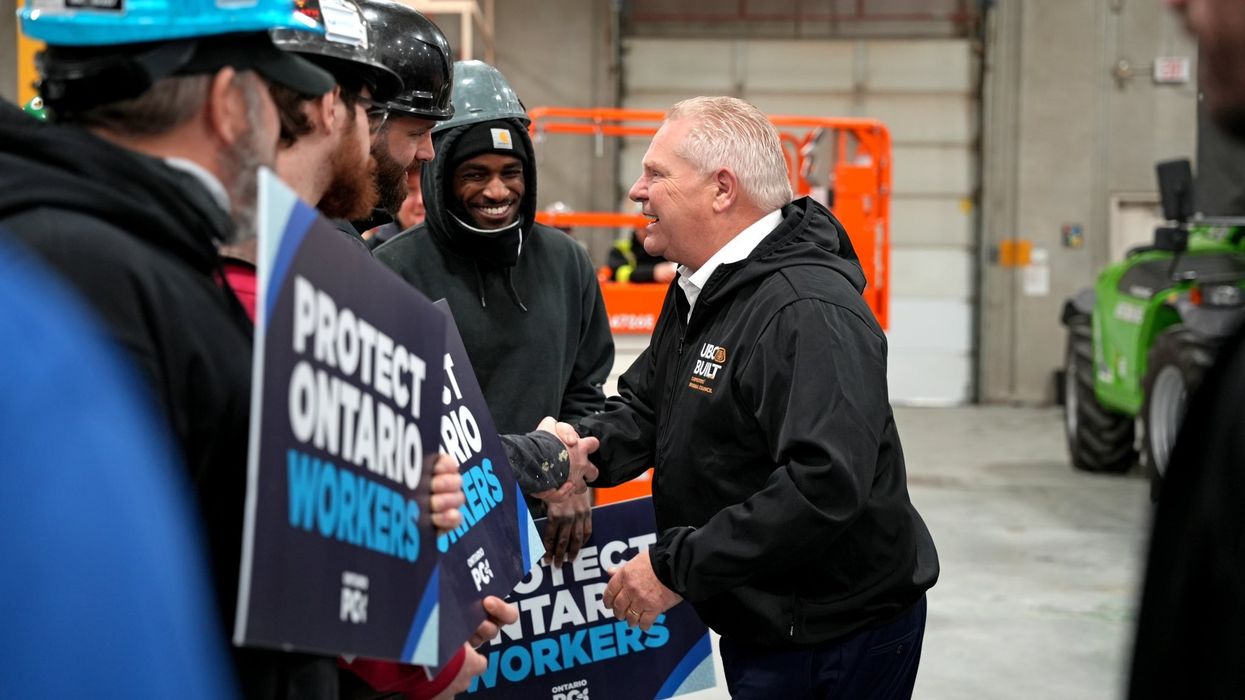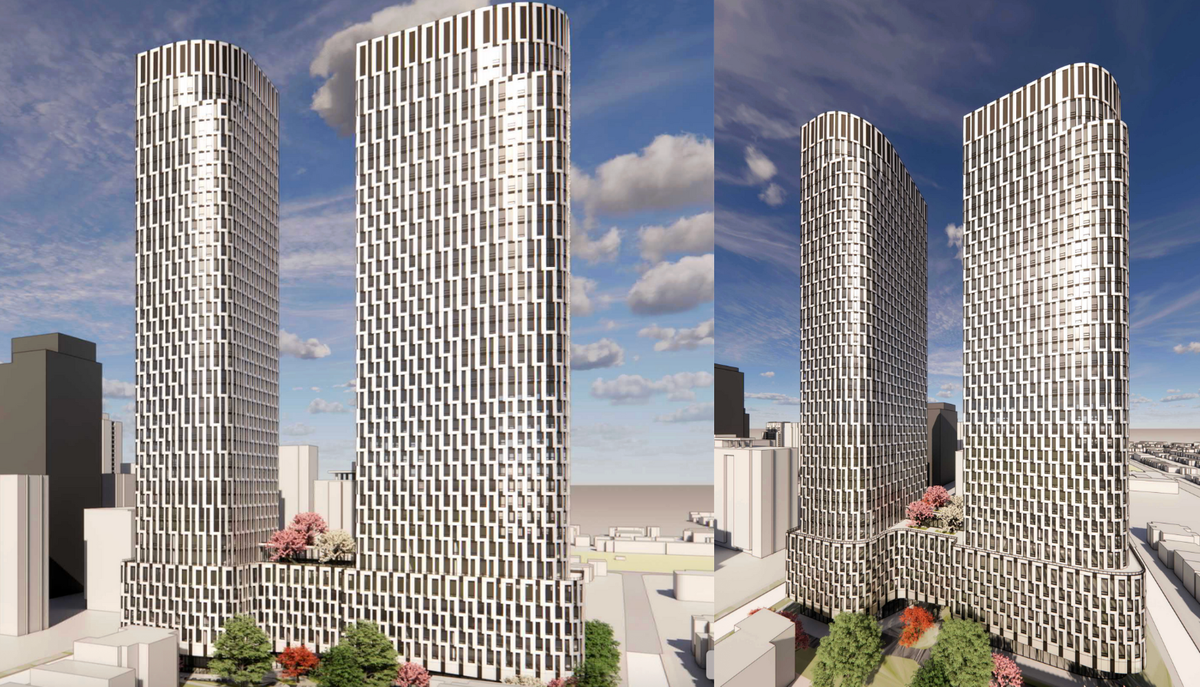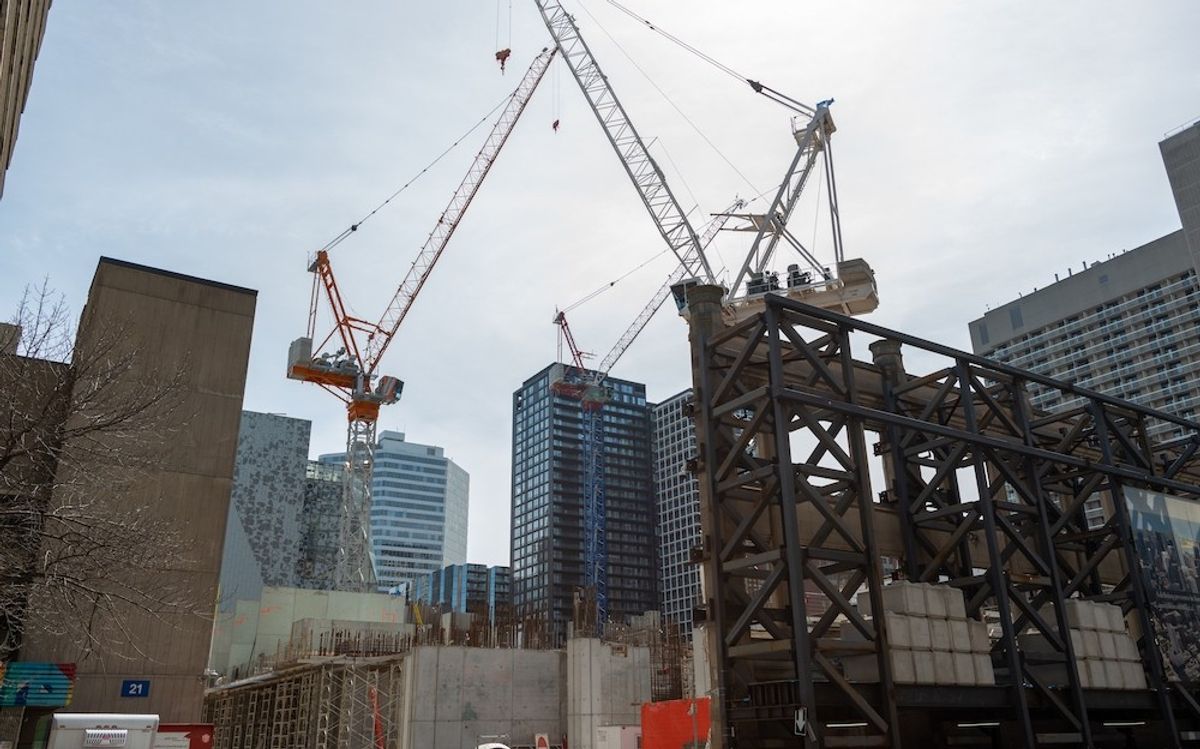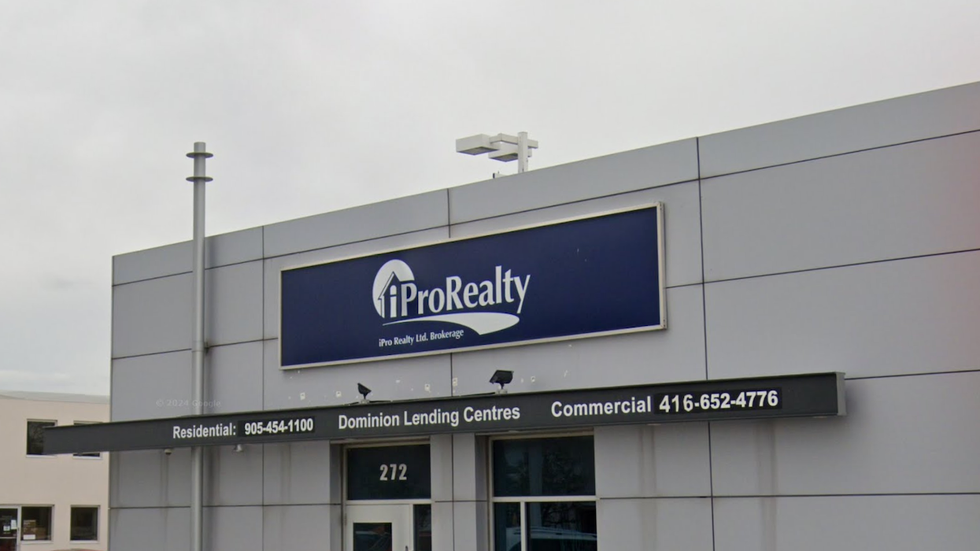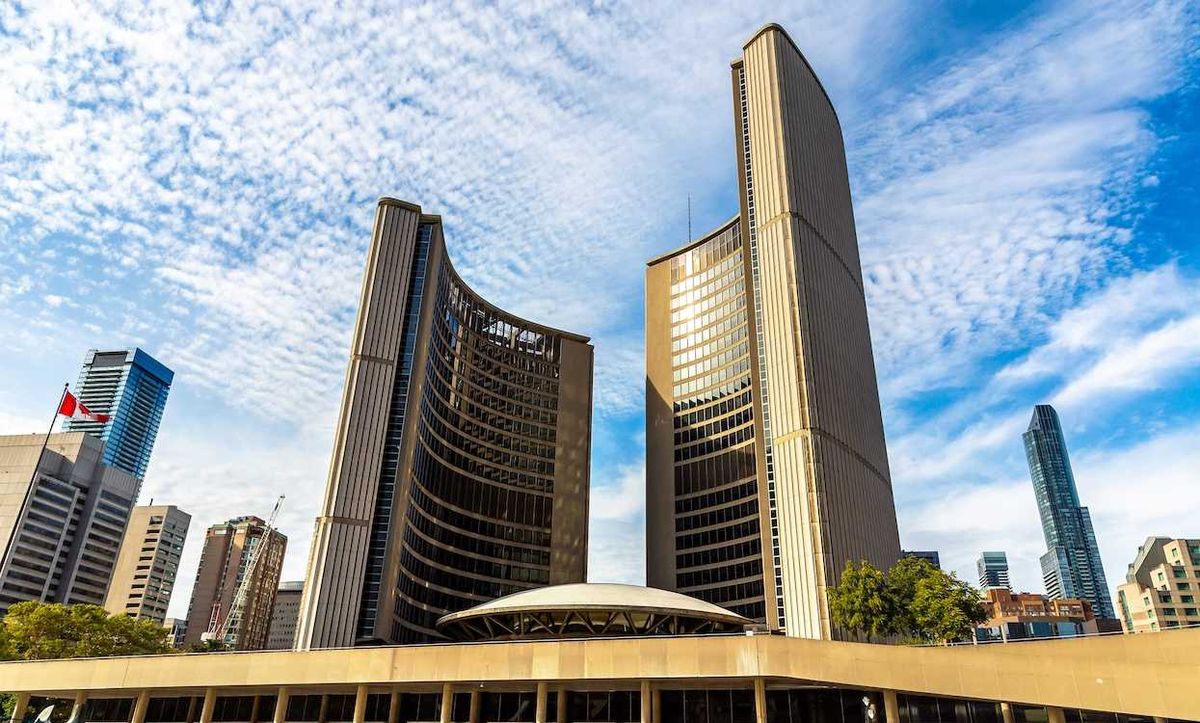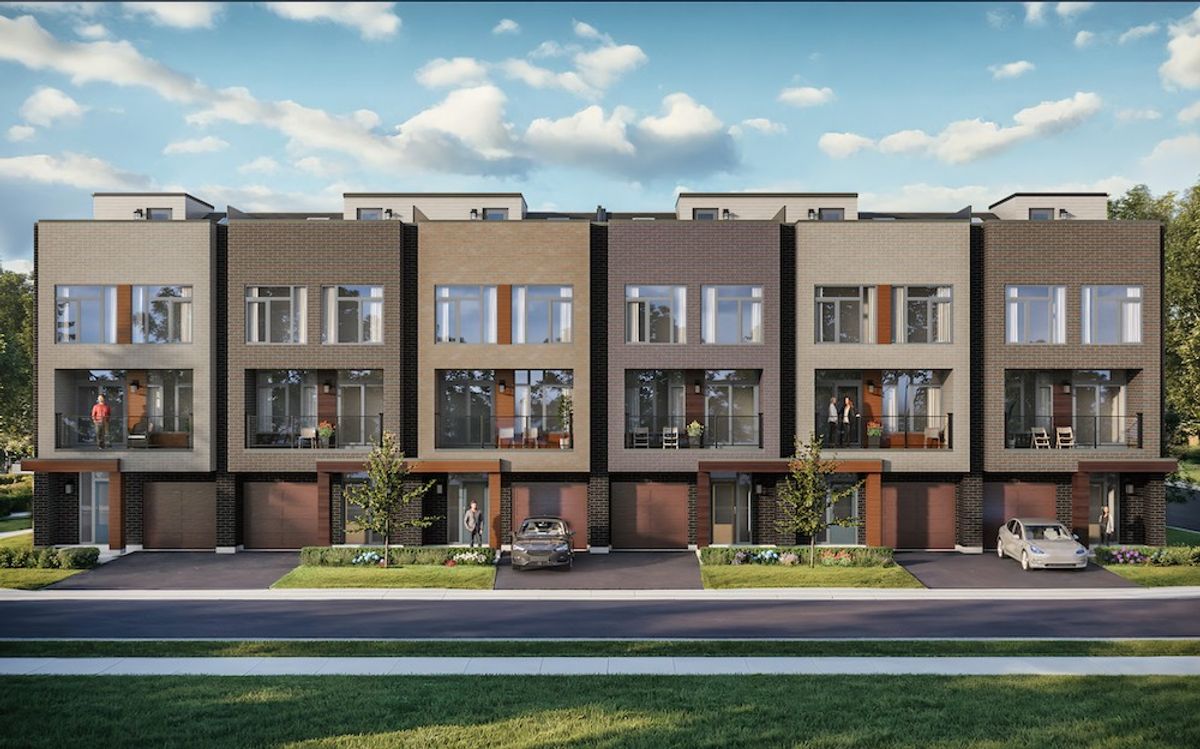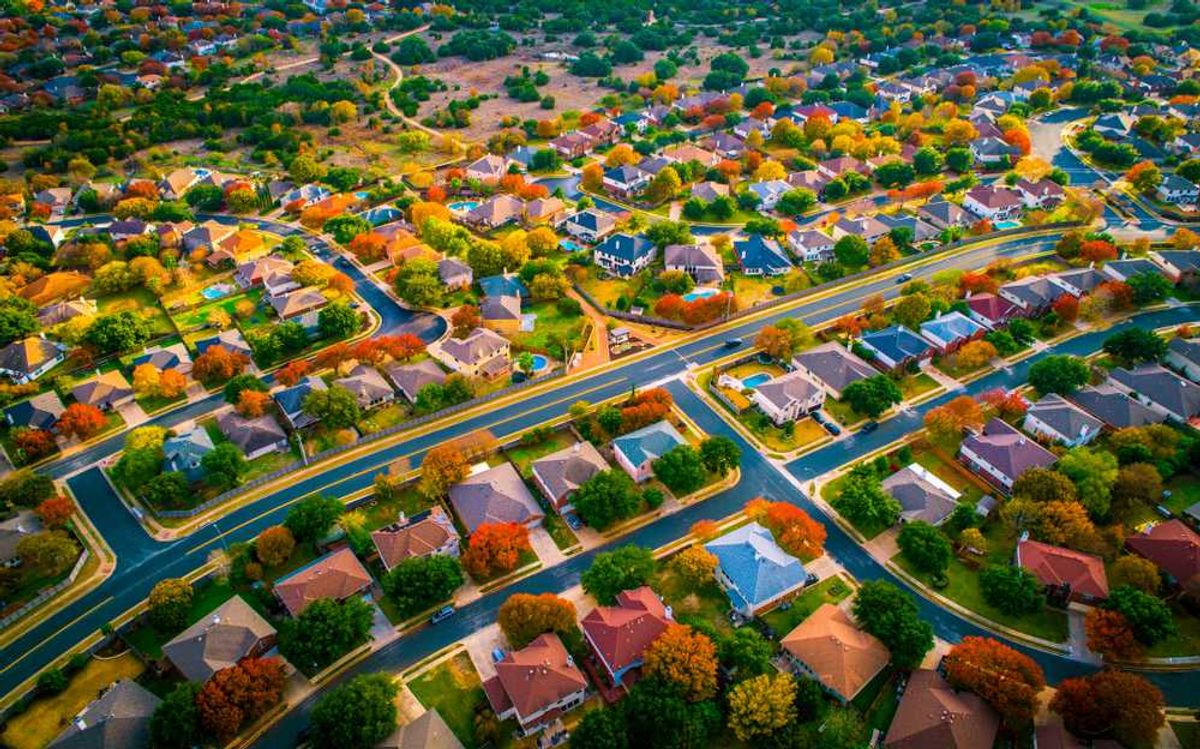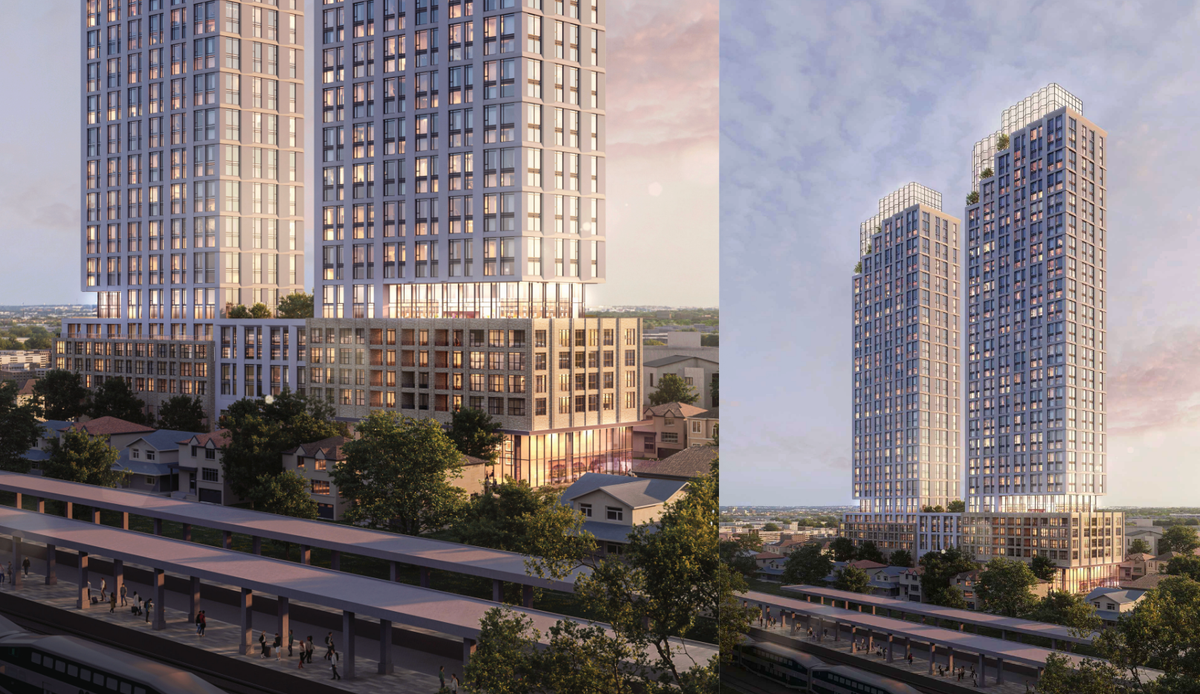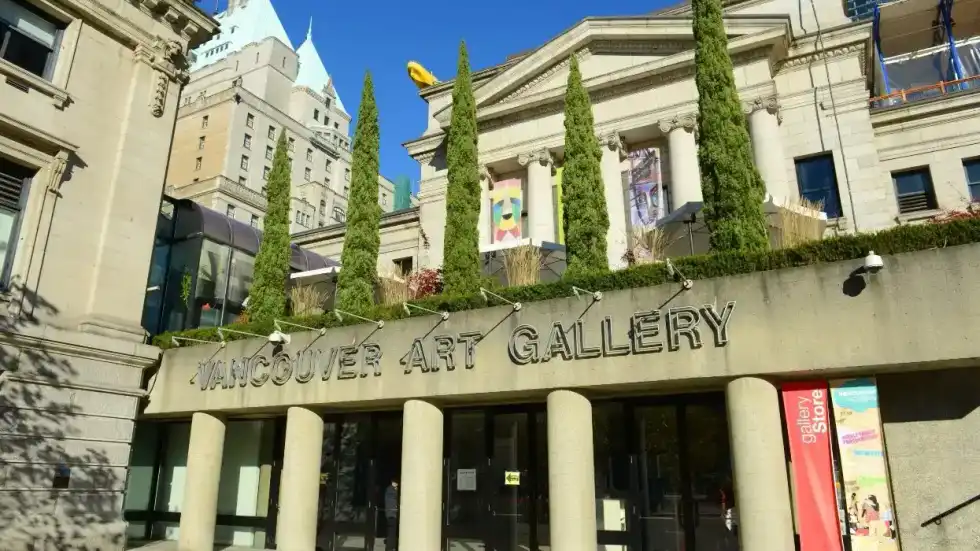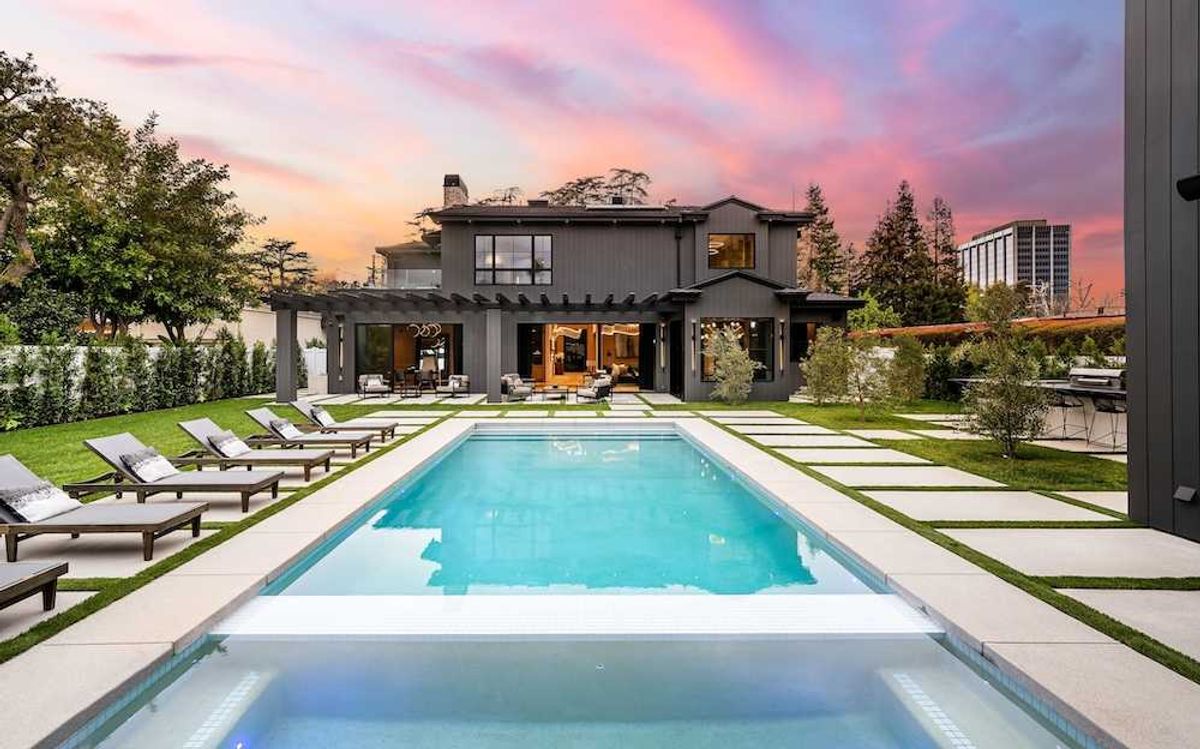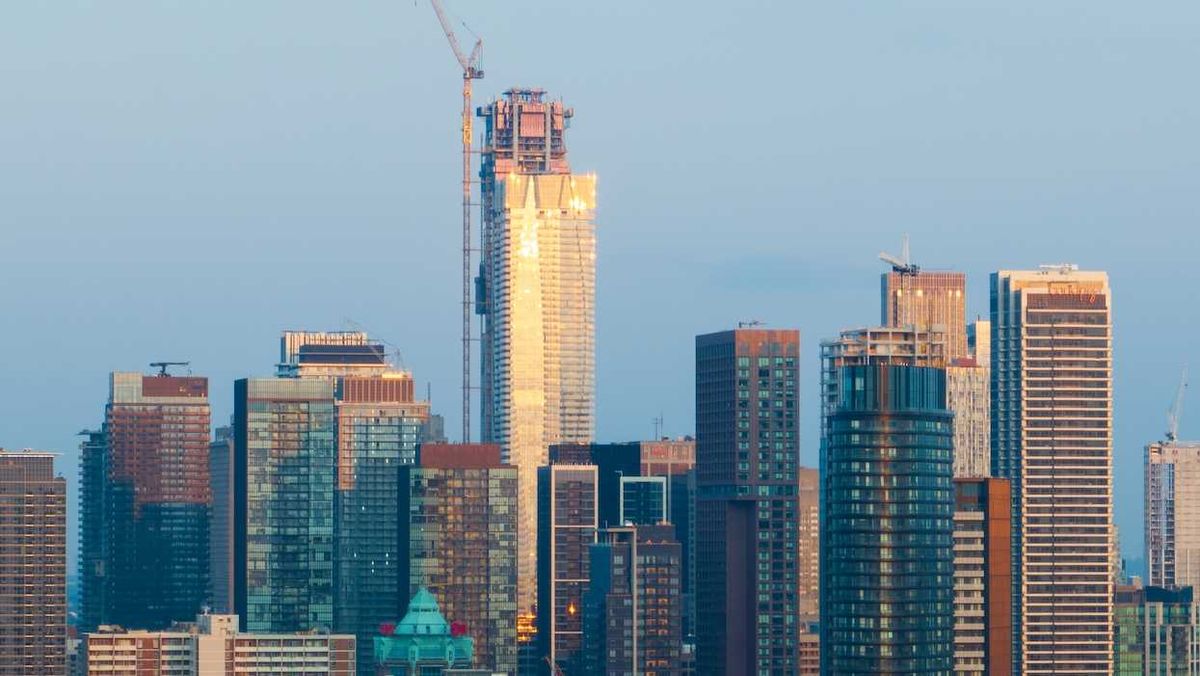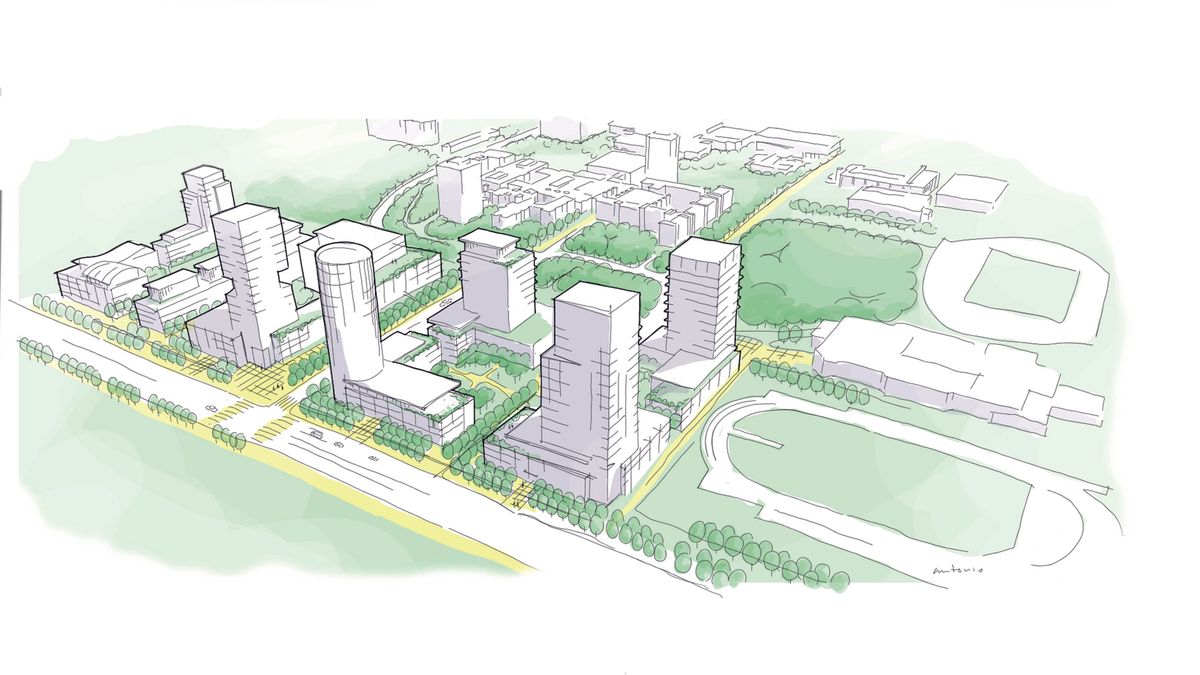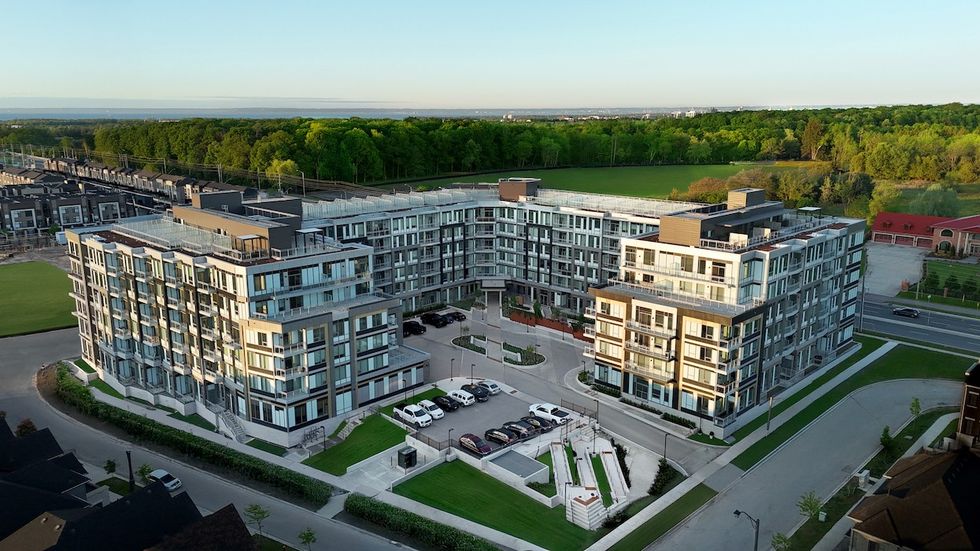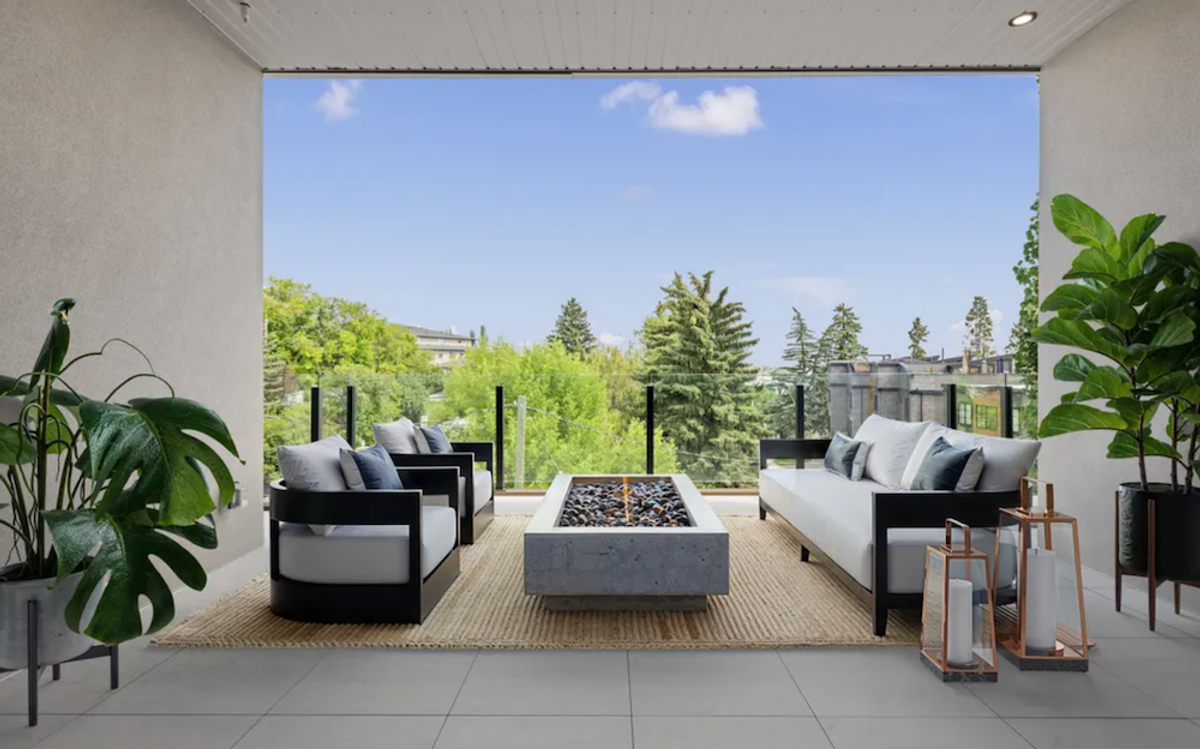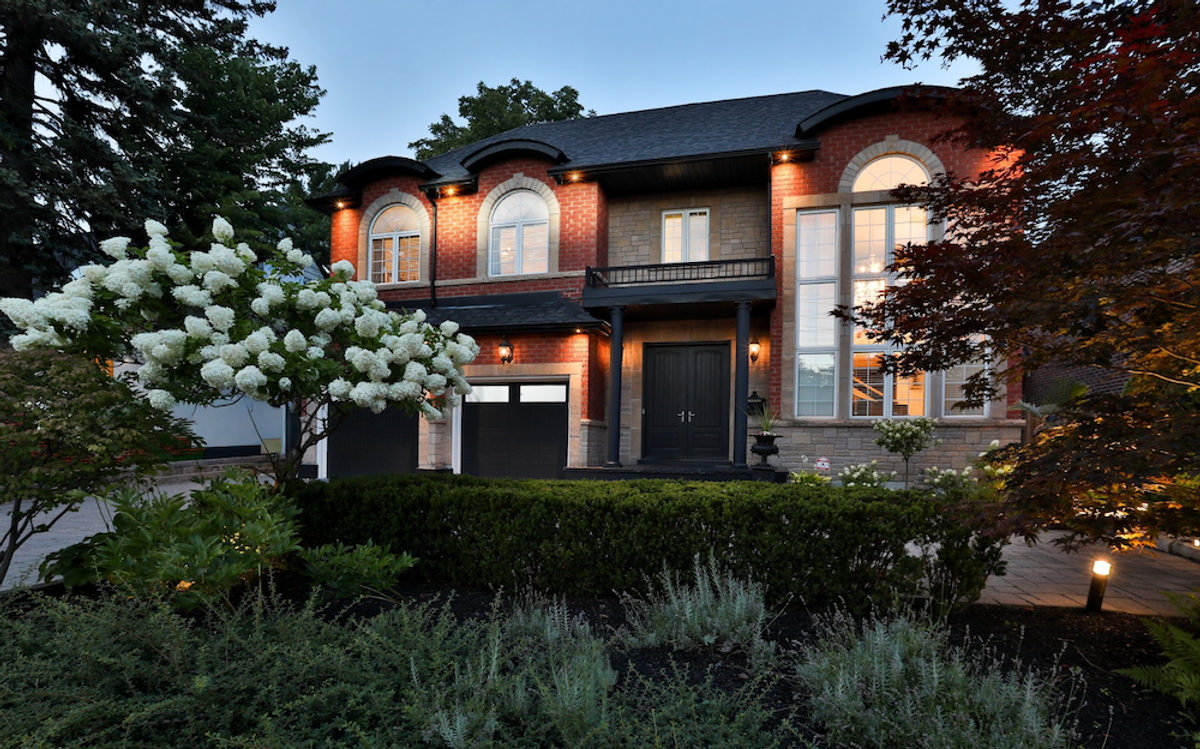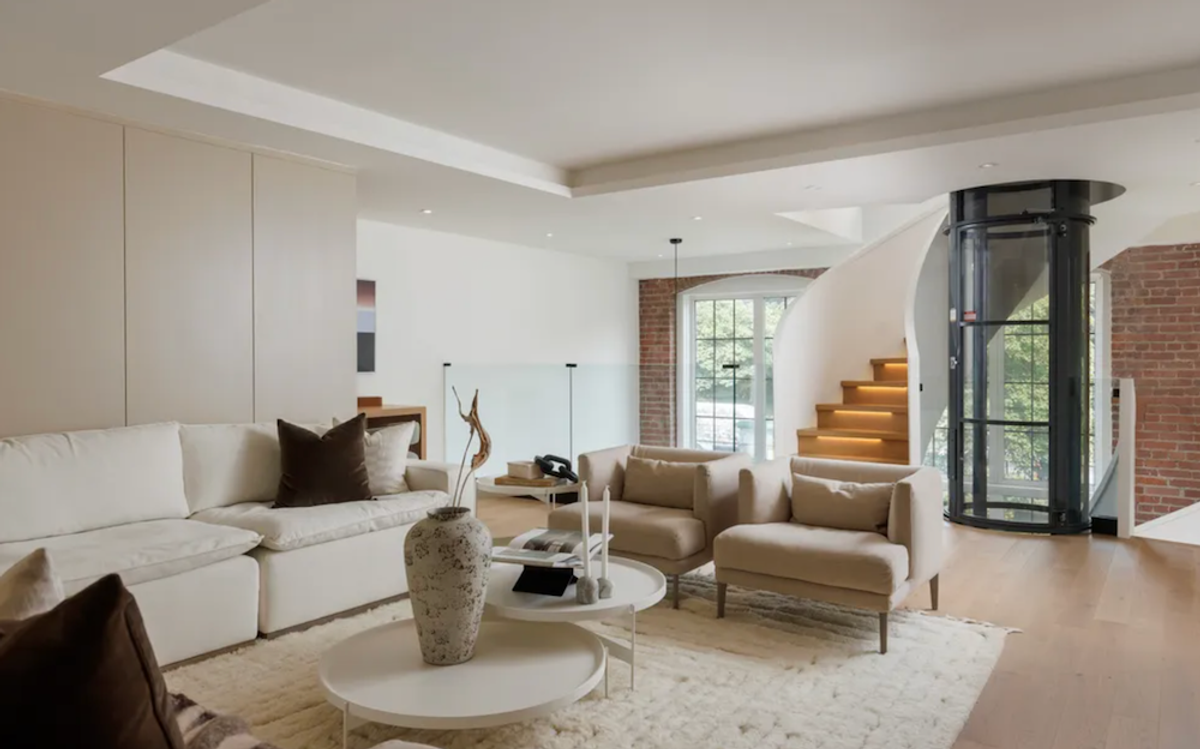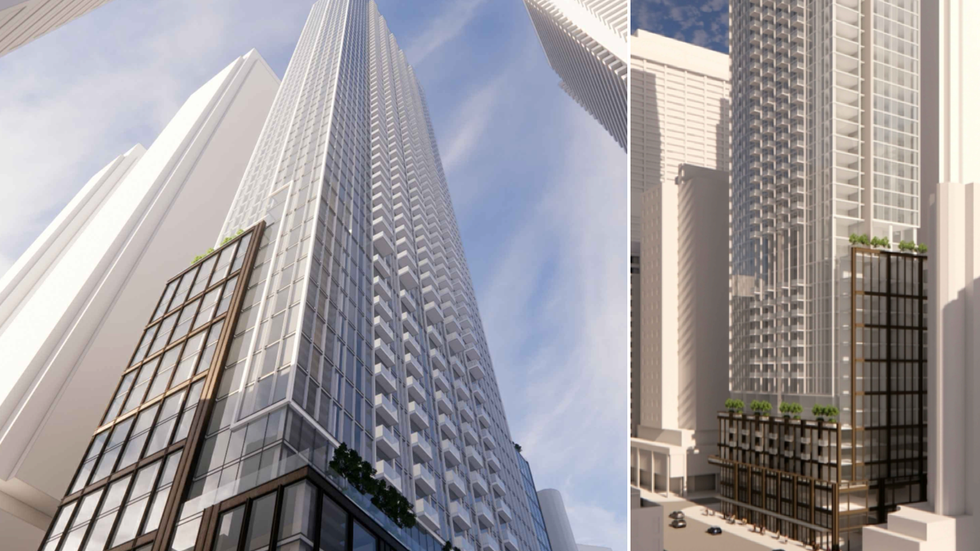Loathe him or love him, Doug Ford has held the Premiership in Ontario for nearly seven years and led the PCs to two consecutive majority victories in the 2018 and 2022 elections. Even so, he's controversial, to say the least, especially when it comes to his track record on housing.
Months before his re-election, in early 2022, Ford's Housing Task Force came out with 55 "high-level recommendations" for addressing housing supply and affordability issues in Ontario. The most bullish of those recommendations was to set a goal of building 1.5 million new homes in the next ten years.
Despite lofty goal setting, Ontario's homebuilding has continued to lag behind other provinces and is widely expected to not reach its housing targets. In 2024 alone, the province built 40% of the new homes it needed to keep up with population growth, and in their fall 2024 economic statement, Ford's own government had to revise their spring projection of 125,000 new homes built by the end of the year to 81,000 — a number that was controversially inflated to include long-term care beds and student housing units.
"Doug Ford’s record on housing is a disgrace," a spokesperson for Liberal opposition candidate Bonnie Crombie tells STOREYS. "Ontario is building fewer homes now than it did 50 years ago, despite having double the population. Rents have skyrocketed nearly twice the rate of inflation, while home prices have increased by almost 50%."
But how much of the blame can be pinned on Ford and his government alone while things like high interest rates, slow economic conditions, and labour shortages lurk in the shadows?
With the $189-million provincial election set for February 27 and the housing crisis remaining one of the most salient issues on voters' minds, we're reflecting on everything Ford has, and hasn't, accomplished on the housing file over the last seven-odd years.
STOREYS reached out to Ford's office for comment on his platform and the upcoming election, but did not hear back by the time of publication.
The Good: Funding Skilled Trades, Mass Timber, And Development
Starting with the positives, Ford has championed funding the skilled trades and closing the labour shortage gap in Ontario. It's been estimated the province will need around 100,000 new construction workers by the end of the decade in order to keep up with housing targets — a shortage exacerbated by decreased enrolment in trades programs and an aging workforce.
In response, Ford's government has invested more than $1 billion in the skilled trades over the last three years, launched Skilled Trades Ontario and the skilled trades career fair Level Up! in 2021 to attract young people to the sector, and made at least one technological education credit mandatory for high school graduation.
The results? Between 2022 and 2023, Ontario saw an historic 24% increase in the number of skilled trades apprenticeship registrations.
On the construction side of things, Ford has also been an advocate for alternative housing solutions like mass timber. In July 2022, Ford's government amended the Ontario Building Code to permit mass timber buildings up to 12 storeys, before upping the allowed height again to 18 storeys this January, helping to build homes faster and reduce costs while supporting jobs in forestry, technology, engineering, design, and manufacturing.
Ford has also thrown a decent amount of money into mass timber, in one instance providing Ontario-based timber manufacturer Element5 with $3.5 million through the Forest Sector Investment and Innovation Program to expand their operations.
In March 2024, he launched the $1.8-billion Municipal Housing Infrastructure Program to help build supportive infrastructure like roads, bridges, and sewage lines. And in August 2023, he launched the three-year, $1.2-billion Building Faster Fund to reward municipalities that are on track to meet their 2031 provincial housing targets. Under the program, municipalities that reach 80% of their annual target each year will be eligible for funding based on their share of the overall goal of 1.5 million homes.
But while municipalities that meet or exceed their targets are rewarded generously, such as when Toronto exceeded its annual target for 2023 by 51% and was awarded $114 million by the province, it's worth noting that only nine out of the 50 participating municipalities have met their targets for 2024, as of December 10, and only 12 met targets in 2023. It is also worth noting that the province counts long-term care beds and laneway, garden, and basement suite additions as new housing units.
The Bad: Restrictive Zoning, NIMBYism, And Sprawl
While some of Ford's efforts reflect an acknowledgement of the both the labour and monetary costs of fixing Ontario's housing crisis, the Premier has been criticized for missing the mark when it comes to providing the types of housing Ontarians need.
For example, despite being recommended by his government's own Housing Affordability Task Force (HATF), Ford hasn't budged on allowing as-of-right fourplexes province-wide — a zoning policy that would allow for increased gentle density and infill developments to provide diverse housing more Ontarians can afford.
"We are not going to go into communities and build four-storey or six-storey buildings beside [residents in single-family homes]. It's off the table for us," Ford told reporters at a press conference in March 2024. "We're going to build homes, single-dwelling homes, townhomes. That's what we're going to focus on."
In Kitchener in September 2023, Ford also said he would bring the cost of this type of home — which he described as 1,600 sq. ft, with a finished basement you can rent out, a backyard with a fence, and a paved driveway — down to $500,000.
For some, it might have been a nice sentiment (if you live in a home of that description) to know Ford is protecting it from being situated next to a fourplex. But the fear amongst the many has been that Ontarians will remain in the grips of an affordability crisis if all that's focussed on is new single-family homes.
Another criticism that's emerged over the years is that he seems to be a proponent of inefficient sprawl development, which got him into trouble during the Greenbelt scandal. And instead of focusing on building density and diverse housing where it's needed the most, has tried to push into farmland, scrapping the Growth Plan for the Greater Golden Horseshoe and opening the door to unchecked, costly sprawl and unwanted highways.
- How Long Will It Take Before Doug Ford Goes After Toronto's Waterfront? ›
- "A Secret Doug Ford Deal": More Red Flags Raised Around Ontario Place Development ›
- Doug Ford's Cottage Is On Airbnb For $750/Night And Folks Are Having A Field Day ›
- None ›
- Now On His Third Term, Here's What To Expect From Ford On Housing ›
